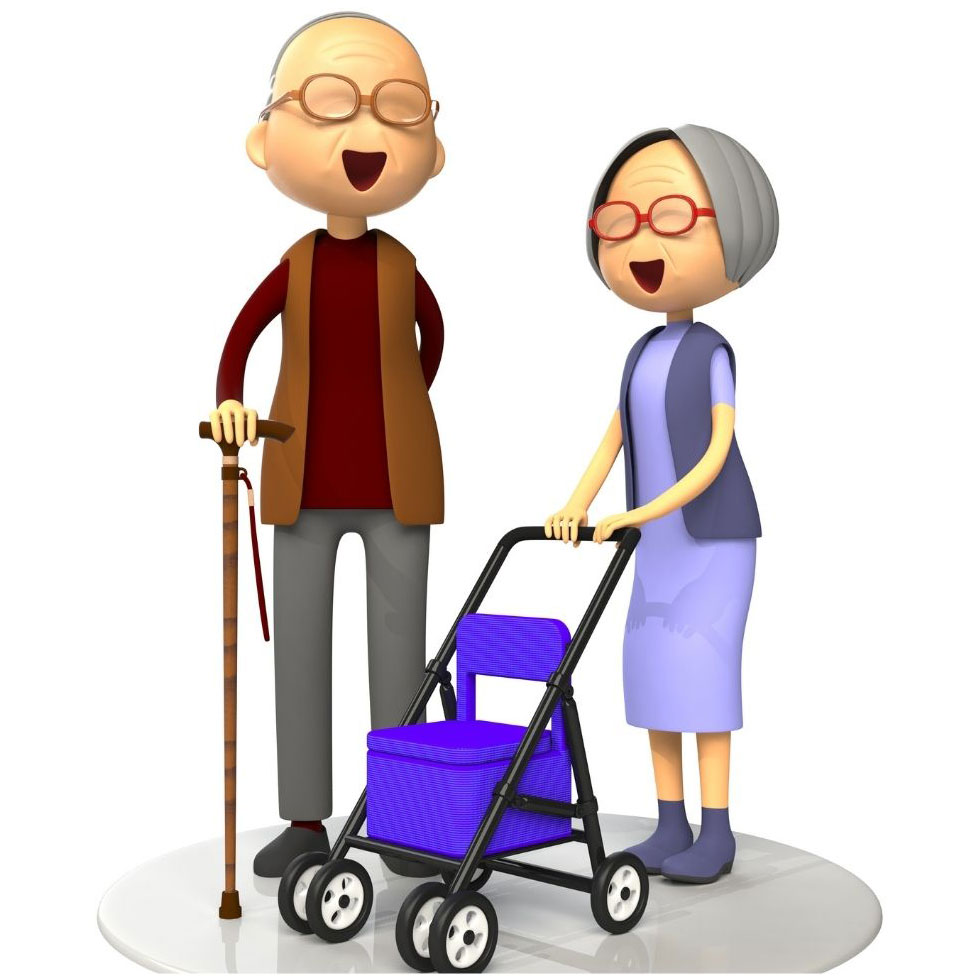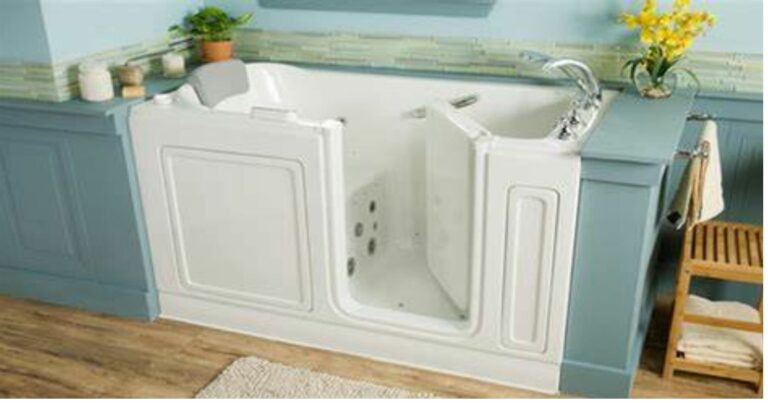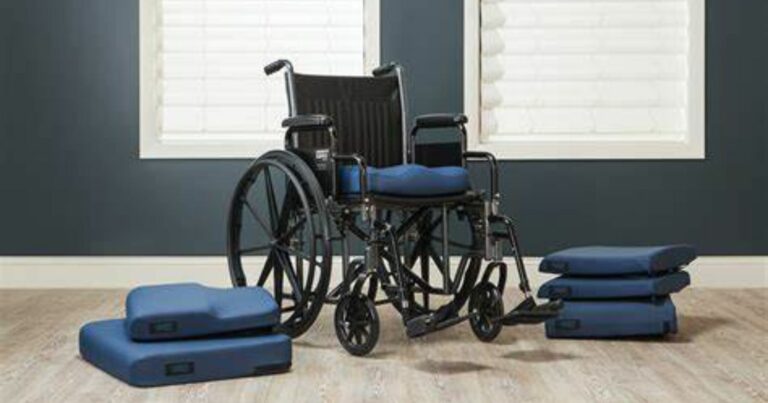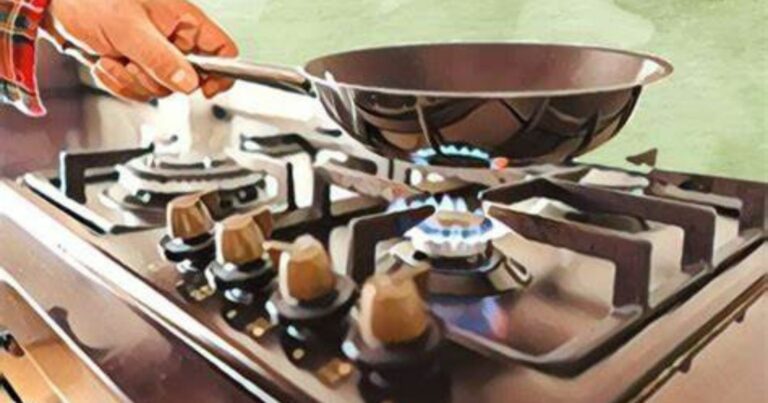Types of Night Lighting
Best Types of Night Lighting Seniors Need To Know. There are many different types of night lights seniors can select from. There are motion night lights. There are touch night lights. There are timer night lights. There are touch night lights. It is important to select the right one for you that fits your needs.
Nights are the most vulnerable times that seniors can fall and have some serious or fatal accident. Having better lighting during the night is essential for senior safety.
According to the Centers for Disease Control and Prevention (CDC):
- One in Four Seniors Falls Each Year.
- Every 11 Seconds, An Older Adult Is Treated In The Emergency Room For A Fall;
- Every 19 Minutes, An Older Adult Dies From A Fall.
- Senior Falls Result In More Than 2.8 Million Injuries Treated In Emergency Rooms Annually
- Over 800,000 Seniors Are Hospitalizations From Falling
- More Than 27,000 Seniors Die Each Year From Falling
- Falls Are The Leading Cause Of Fatal Injury
We need to treat this seriously.
.
Motion Night Lights
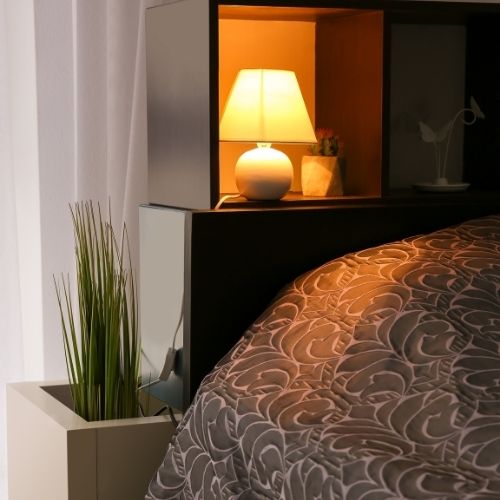
- Motion-activated lights are among the most recommended options for seniors. They conveniently light up when someone enters their field of vision. The senior does not need to remember if they did or didn’t turn on the switch.
- Sparing the person from searching for the switch.
- However, the hands-free nature can be a downside too, since people can be startled when the lamps switch on without notice.
Touch Night Lights
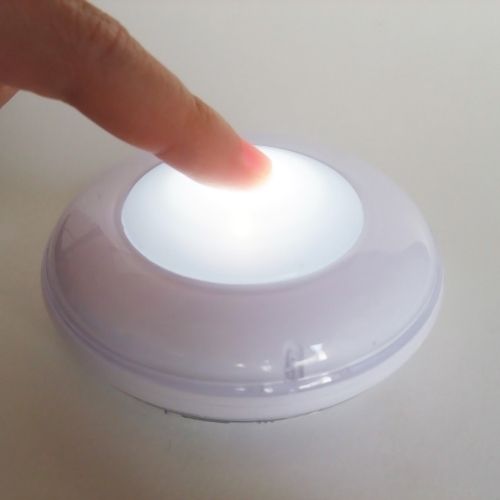
- Touch-based night lights usually sport a round, flat design that provides a large surface for the users.
- Wherever the senior touches the lamp it will switch on thanks to the multiple sensors built into the device.
- These are highly recommended for Alzheimer’s patients because of the ease of use, or any senior whose fingers aren’t as nimble as they used to be.
Night Lights With a Timer
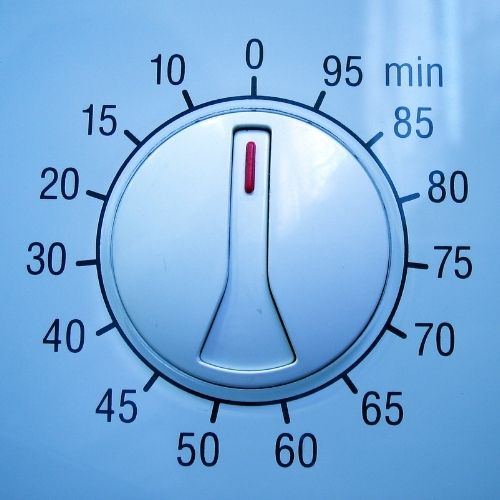
- Night Lights With a Timer helps the senior who has trouble remembering.
- Designing lights to turn themselves off after a certain period of time is very prudent, considering that seniors suffering from forgetfulness could amass a huge electricity bill if they leave the lights on accidentally.
- Motion-activated lights are known to feature a timer, but many also offer the option to specify the exact times.
Flashlights
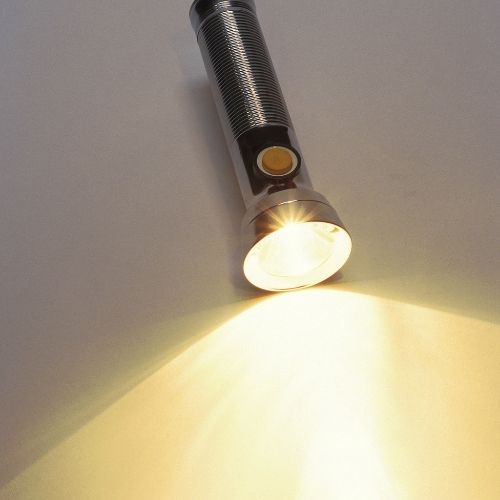
- Flashlights, Torch lights, are an inexpensive lighting system.
- If the elderly resident cannot afford to install a series of automatically activating lights that lead from the bed to the bathroom, then the best alternative is a portable torch.
- Carrying a flashlight grants seniors the freedom to illuminate any area they like. Just make sure that they have spare batteries lying around, otherwise, they may end up fumbling about in the darkness.
Where to Place a Night Light
The placement of these night lights requires some thinking.
The Bedroom Must Be Illuminated In An Easy Manner.
- A flashlight placed within hands-reach or a touch-sensitive lamp can provide enough light for the seniors to find their slippers and reach the door.
- The hallways, too, should be covered with lights that brighten up gradually to avoid blinding the poor residents. Place the switches within a short distance or, even better, install motion-activated lights.
As For The Bathroom Or Kitchen,
- Stick To Regular Lights That Are Bright
- Avoid motion lights or lights that have a timer because it can’t be known how long the senior will dawdle about the room.
- If the lights go out too soon, the elderly person will then have to struggle to reactivate the light, might make a wrong move while trying to reach for the switch or even start to panic.
